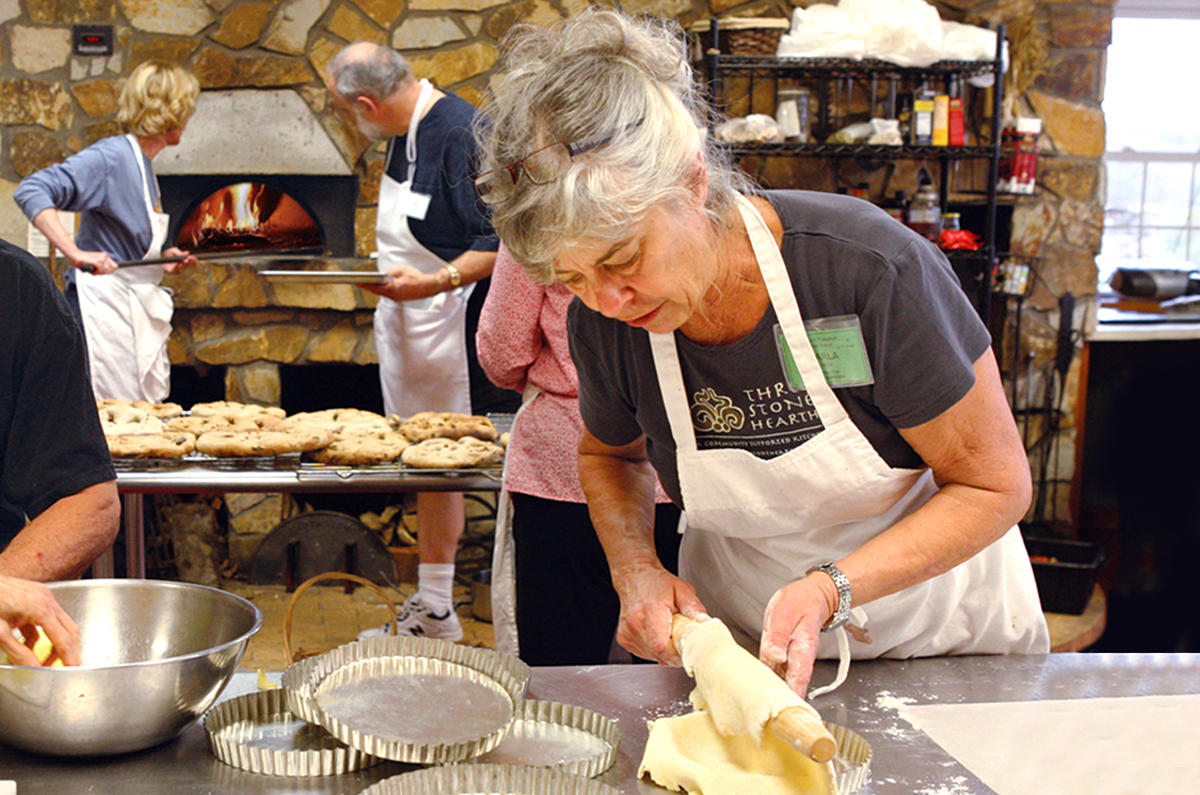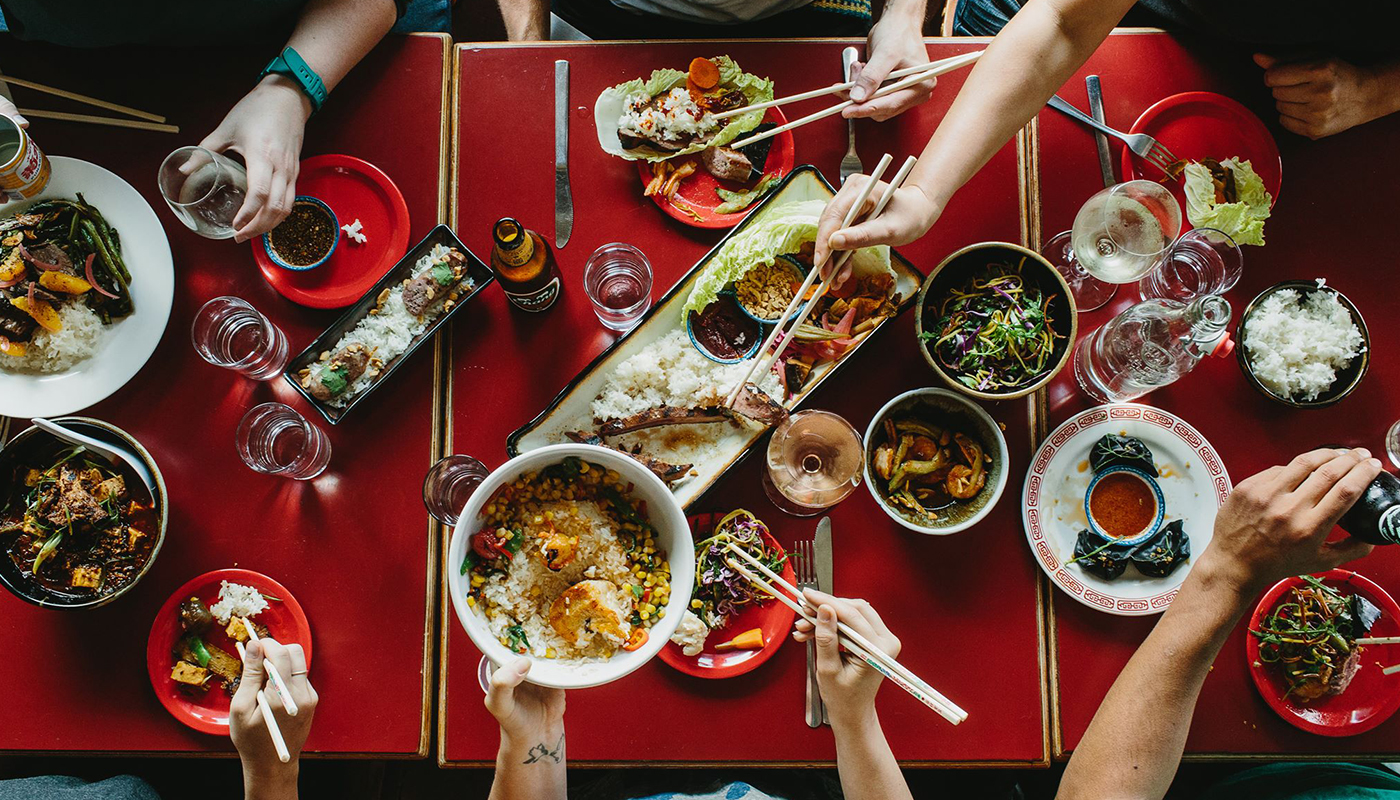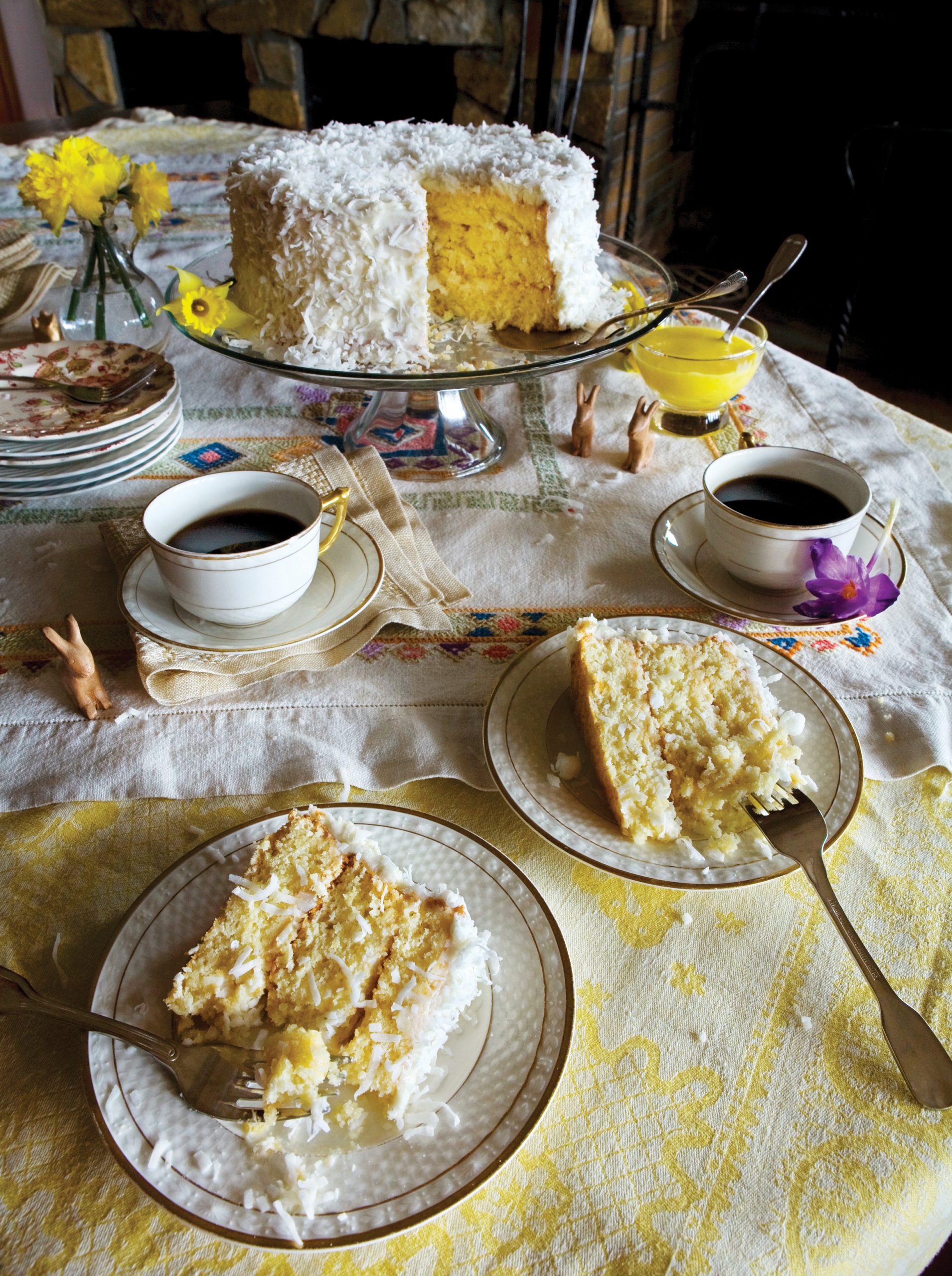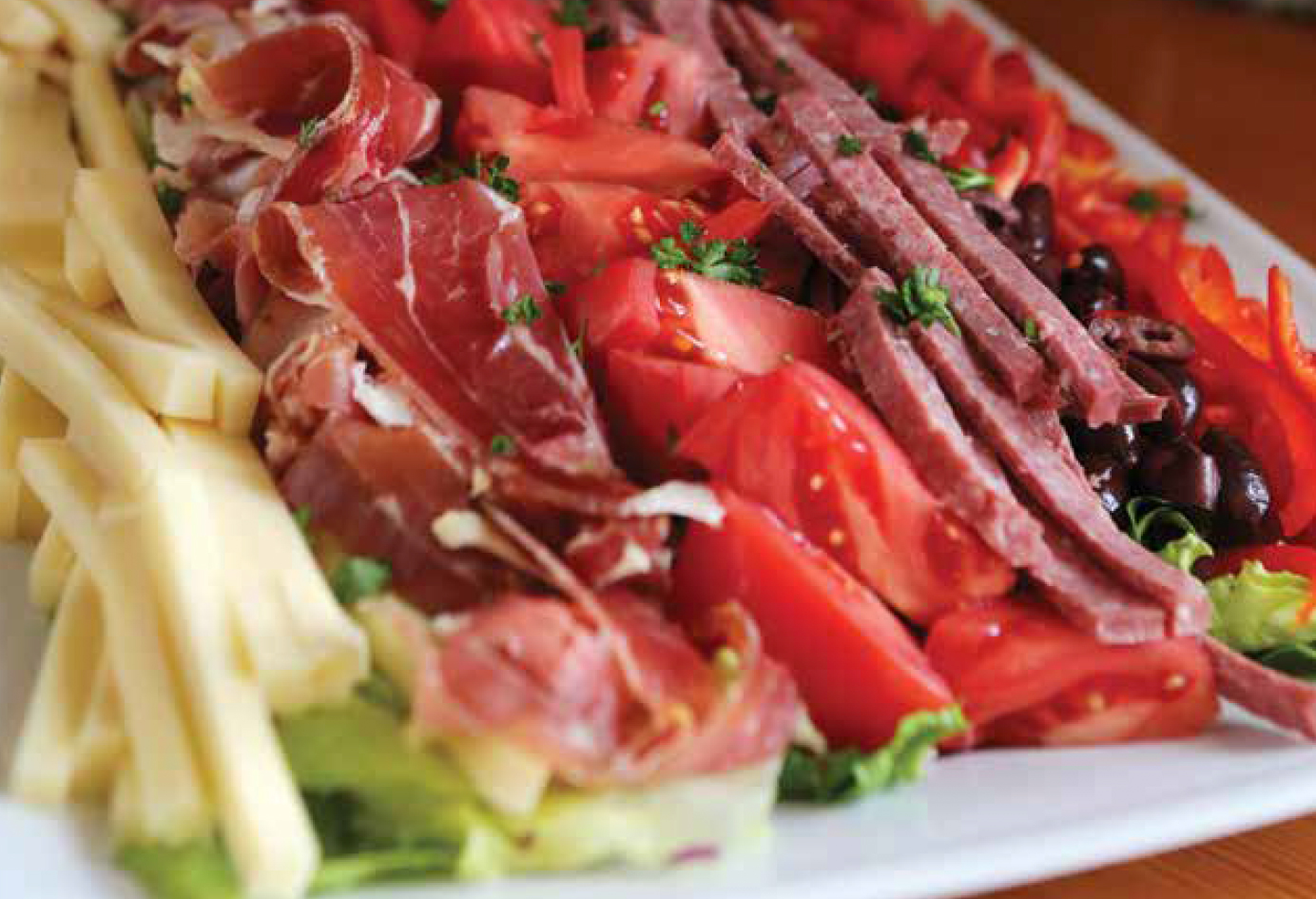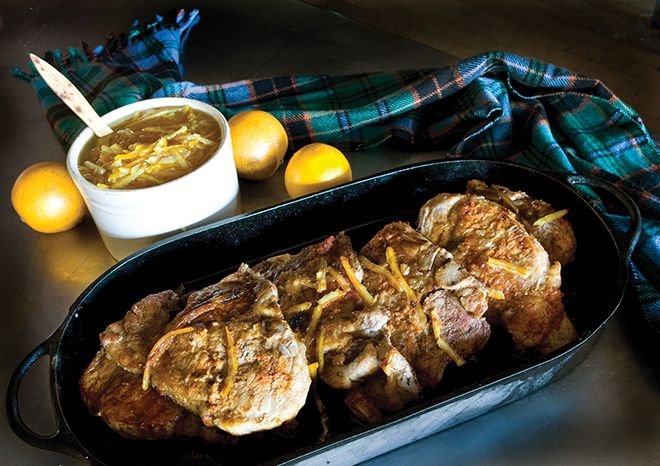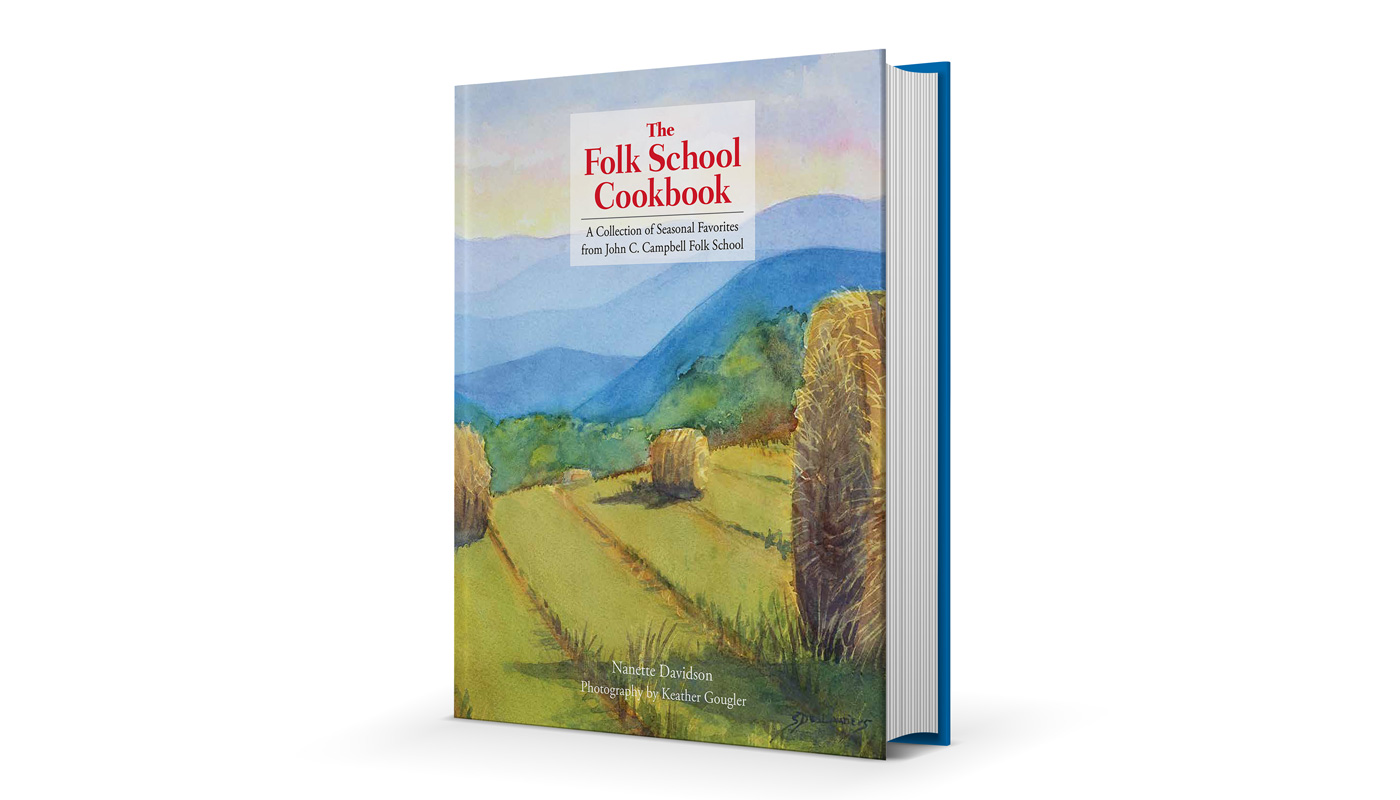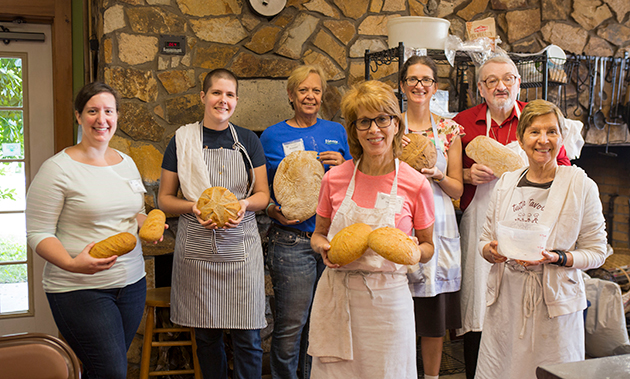[caption id="attachment_17769" align="aligncenter" width="630"]
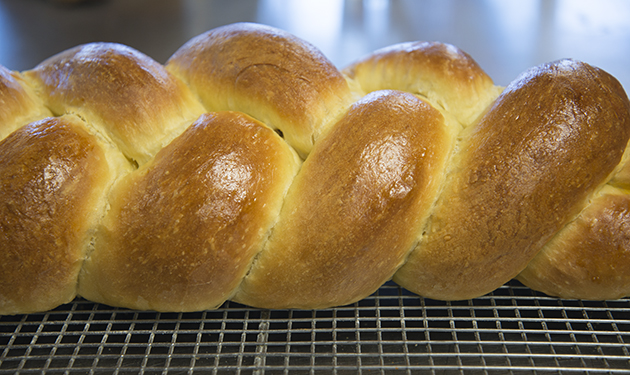
Challah created by students in Emily's class.[/caption]
[caption id="attachment_17763" align="aligncenter" width="630"]
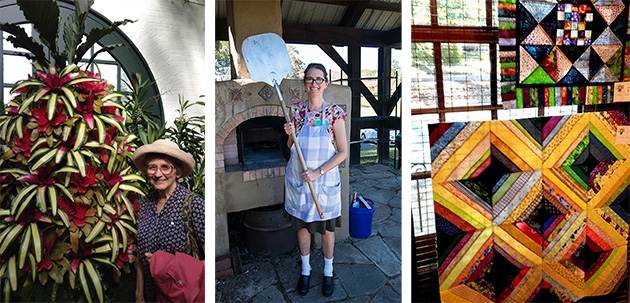
(L-R) Emily's mom at the Biltmore, Emily in front our our outdoor wood fired oven, Emily's mom's quilts at Show & Tell.[/caption]
My recent trip to the Folk School was a little different than usual. For one thing, after ten years of teaching “The Science of Bread,” I shifted gears slightly and taught “Making Traditional Breads.” Thankfully, science still applies in traditional breads.
The other difference was that my mom accompanied me for the first time, to take a quilting class. While I was busy lighting the wood-fired oven, hunting down recipes, and mixing doughs to demonstrate with in class, Mom was putting in long hours at the studio, turning the bags of scrap fabric she’d brought into quilts. Three times each day we met for meals in the Folk School dining hall.





